
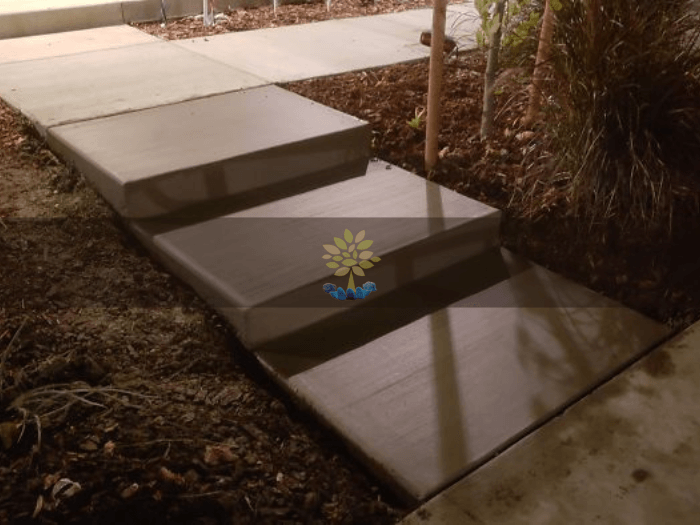
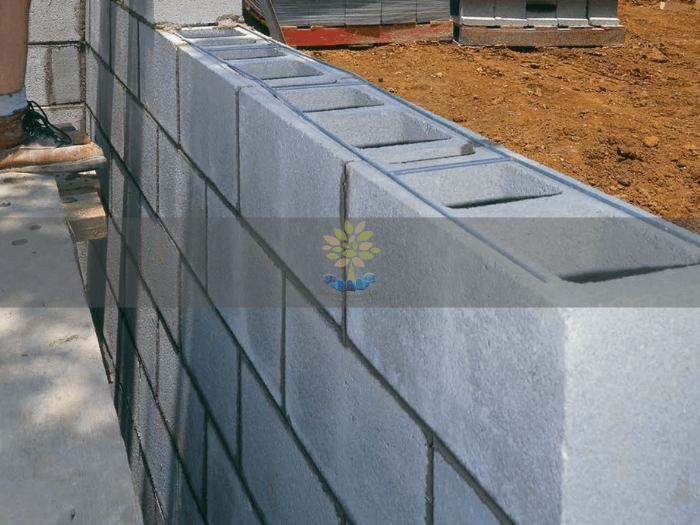
Concrete is the most versatile construction material you can use for your landscaping designs.
Concrete can be formed to any shape and can be used for just about any purpose:
- footings
- walls
- roofs
- floors
- walkways
Concrete is made by combining three main ingredients: Portland cement, water, and aggregate. The ratio of those combined ingredients determines the concrete´s strength, durability, workability, and cost.
call us now 801-671-7505
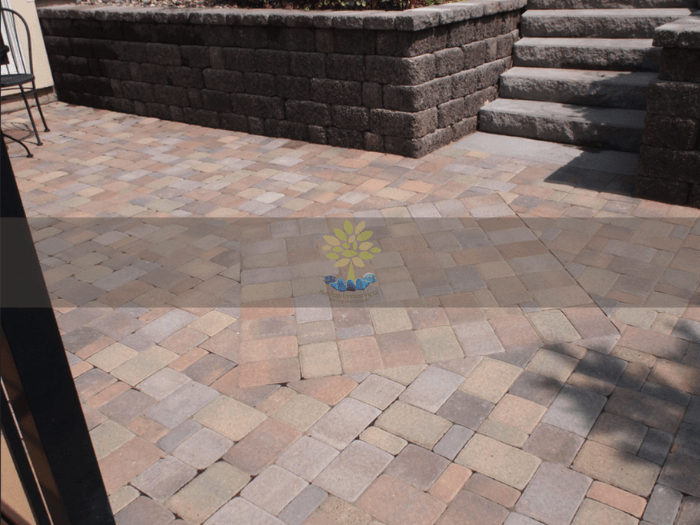
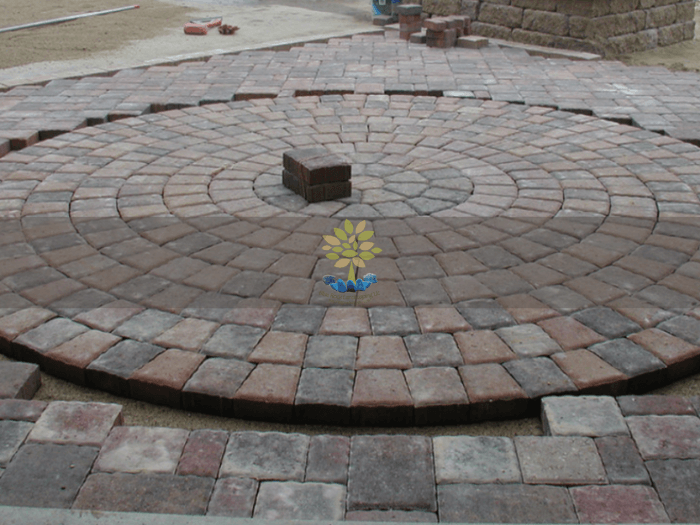
Have you thought about expanding your space of your life hobbies beyond the walls of your house?. Yes it is possible transforming a part of your outdoor space into a living outdoor space.
There are different materials to made a patio. Just tell us if you have one of preference. We mention a few:
- Bricks
- Concrete pavers
- Poured concrete
- Natural stone
- Flagstone (Individual stones may have cut edges for paving in linear patterns, while stones with jagged edges and irregular shapes are best for creating a patio or walkway surface with a natural, casual feel)
- Tile stone
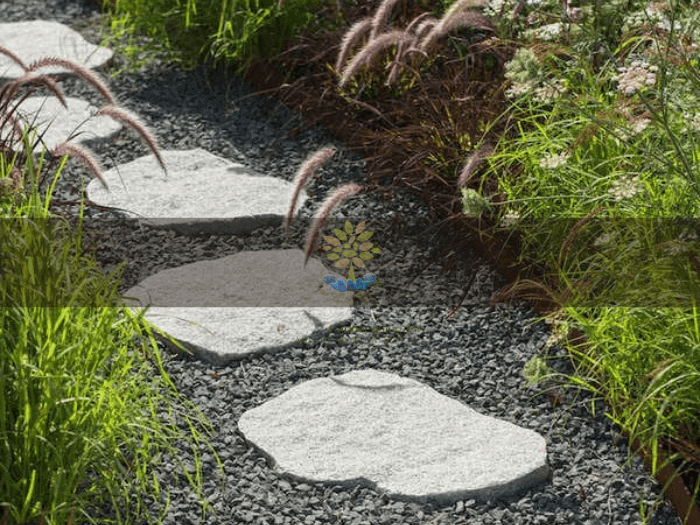
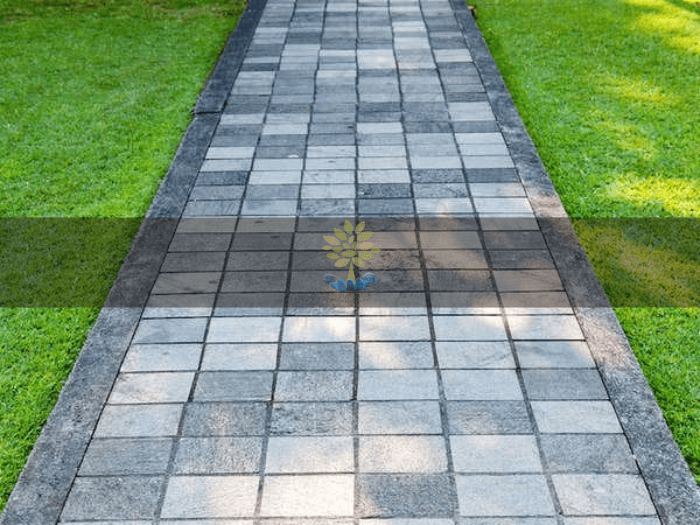
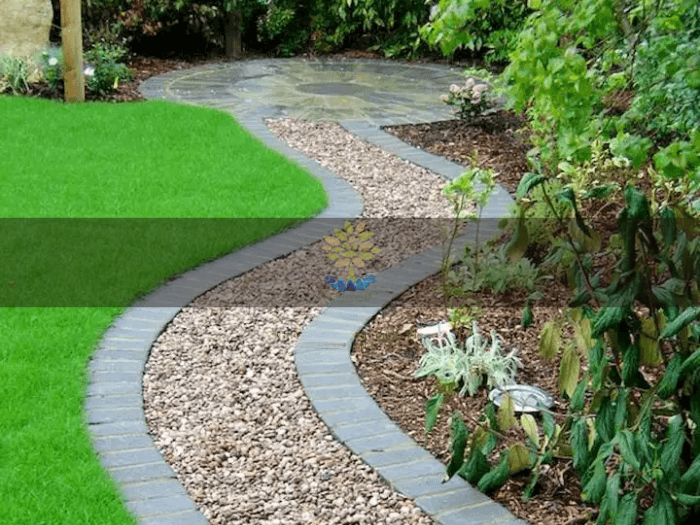
A walkway or path can do much more than provide a route for foot traffic.
It can be a versatile design element, creating an attractive border along a house, a patio or landscape features. It can also become an attractive transition between two areas , such as a lawn and a flower gardens
Materials to consider when building a walkway
- Pavers
- Flagstones
- Natural stone (commonly flagstone or fieldstone)
- Bricks
- Stepping stone pathways (you can use concrete paver, flagstones and fieldstone)
- Poured concrete
- Gravel
- Cedar chip
- Mulch

Hello,
Due to planned system maintenance, our website may be fully or partially inaccessible.
Sincerely,
Gamboa Landscaping Llc Administration Department
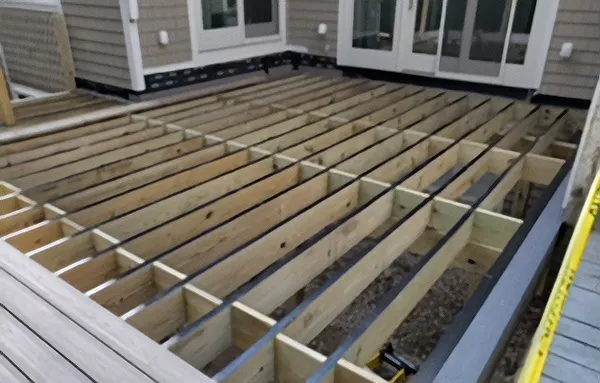
Decks are used for the outdoor living room and face diferent stresses and environmental factors that need to be taken into account when building it
Concrete work
the facility of work with concrete, it can be in a plastic state and be deposited and made to fill forms or molds of almost any practical shape is one of these factors.
Its compressive strength, like that of natural stones, is high, which makes it suitable for members primarily subject to compression, such as columns and arches.
On the other hand, again as in natural stones, it is a relatively brittle material whose tensile strength is low compared with its compressive strength. To offset this limitation, it was found possible, in the second half of the nineteenth century, to use steel with its high tensile strength to reinforce concrete, chiefly in those places where its low tensile strength would limit the carrying capacity of the member. The resulting combination of two materials; known as reinforced concrete and prestressed concrete, combines many of the advantages of each: the relatively low cost, good weather and fire resistance, good compressive strength, and excellent formability of concrete and the high tensile strength and much greater ductility and toughness of steel.
What makes a good mortar?
- workability
- cohesiveness
- sufficient strength
- not too strong
- permeability
- be sacrificial
- reasonable
- durability
- compatibility
